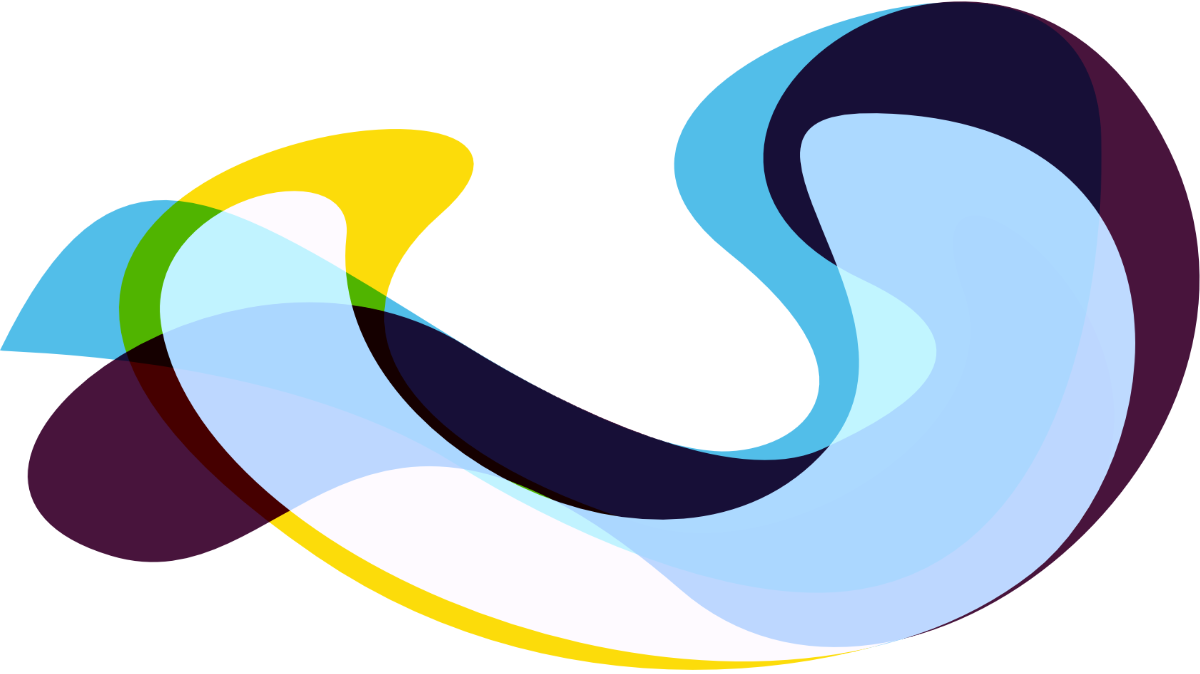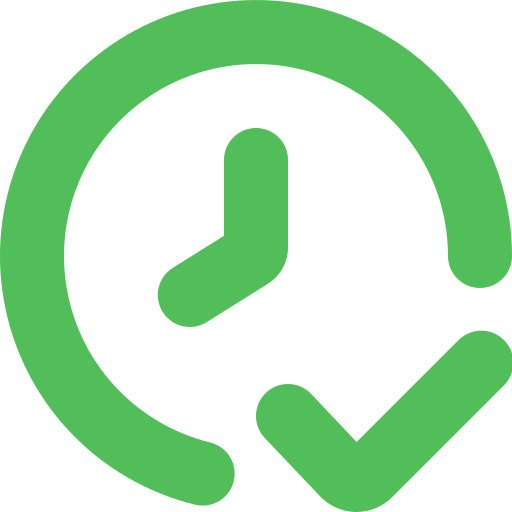Please describe your proposed solution.
1.- Context.
In Latin America, the adoption/implementation of electronic voting or telematic voting is not yet viable, mainly due to the low levels of confidence in the Electoral Organisms and the socio-political reality of the region.
2.- Current voting systems.
In most of these Latin American countries, the counting of votes in an election process (president of a country or deputies, etc.) is done manually, and these results are transferred to a sheet of paper called tally sheets.
Subsequently, the processing of the tally sheets is carried out in a computer system, in the following phases:
scanning of minutes, entry of votes (ICR, Entry of Vores, QA), totalization and dissemination of results.
3.- Blockchain Scrutiny Systems
This project proposes the incorporation of blockchain in a scrutiny system commonly used in Latin America; that is to say that public scrutiny is maintained and the vote is counted one by one in front of the citizens and that later in the computation process blockchain technology is implemented.
a.- Digitize the scrutiny act (Acanning ).
A hash will be obtained from each image of the scanned records and will be published on the blockchain.
The images will be stored decentrally (this point will depend on several factors such as cost, maturity of some decentralized storage solution on the cardano blockchain);
b.- Intelligent character recognition.
The values obtained in the intelligent character recognition process will be assigned to a candidate within the chain of the cardano blockchain;
c.- Cut image in sections
A hash will be obtained from each image of the scanned records and will be published on the blockchain.
The images will be stored decentrally (this point will depend on several factors such as cost, maturity of some decentralized storage solution on the cardano blockchain);
d.- Fingering.
The users of the system called "digitators" will enter the values that are shown in the image (sections of the records that previously had to be cut), it should be noted that a validation of the hash of each existing image in the blockchain is previously performed.
The values entered by the “digitizer” users will be assigned to a candidate within the Cardano blockchain chain;
e.- Quality Control.
The “validation 2 of 3” is done on the Cardano blockchain.
In the case of requiring a new digitization (quality control), the votes entered by the users will be assigned to a candidate within the Cardano blockchain;
f.- Totalization.
The totalization process is the sum of the votes of each candidate and will be carried out in the Cardano blockchain.
g– Publication of results (dissemination of results).
The votes of the candidates will be published from the Cardano blockchain.
SCHEME OF THE PROPOSED SOLUTION
4.- Why implement this solution?
- Real transparency is provided in each phase of the counting process.
- All the information is public, so any citizen can oversee the elections.
- By having complete traceability of all transactions, the results cannot be altered.
- The entire system can be audited, in a public way, control institutions, political organizations and civil society can review the entire structure, flow, operation and data of the system.
Please describe how your proposed solution will address the Challenge that you have submitted it in.
- Practical and high-impact case
The election of president, congressmen, etc. are of vital importance in a nation, by implementing Cardano technology in a sign that blockchain is effectively the real solution to real problems in society.
- Cardano smart contracts
Using the power of Cardano smart contracts will ensure security and transparency; with this you will gain followers of Cardano.
- Number of potential users
The beneficiaries of this project and potential users in this project are the number of voters each country has, for example:
Ecuador: +14 million voters.
Colombia: + 20 million voters
Peru: +25 million voters
- Benefits for democratic systems.
The implementation of Cardano will contribute to the strengthening of the democracy of the countries, since it improves the processes and generates trust.
What are the main risks that could prevent you from delivering the project successfully and please explain how you will mitigate each risk?
DEVELOPING
1.- Cardano Resources
Risk: Lack of Cardano smart contract resources for developers includes docs, libraries.
Solution: Pay more attention to research and select the appropriate development strategy.
2.- Developers of Smart Contracts in Cardano
Risk: The lack of talent to create Cardano smart contracts.
Solution: Find developers who have emerged from Plutus Program Pioneers.
3.- Decentralized storage.
Risk: The lack of options for decentralized storage on the Cardano network.
Solution: Pay more attention to new projects emerging in the cardano ecosystem.
Reform the mechanism for storing hash and metadata of images in the Cardano blockchain.
4.- Economic Resource
Risk: The lack of economic resources causes it to not be possible to recruit a sufficient number of developer resources.
Solution: Optimize economic resources (do more with less), prioritize expenses in each phase of development.
DEPLOYMENT
1.- Maturity of the product
Risk: Maturity of the system for deployment.
Solution: Carry out detailed tests to detect problems and provide technical solutions that are sustainable over time without putting the project's security at risk.
2.- Product delays
Risk: The system is not complete for deployment.
Solution: Project management work so that they meet the schedules and in the case of delays take corrective actions in a timely manner.
COMMERCIALIZATION
Risk: Difficulty in accessing electoral bodies..
Solution: Contact companies / people who have networking that can position the product in the market.

